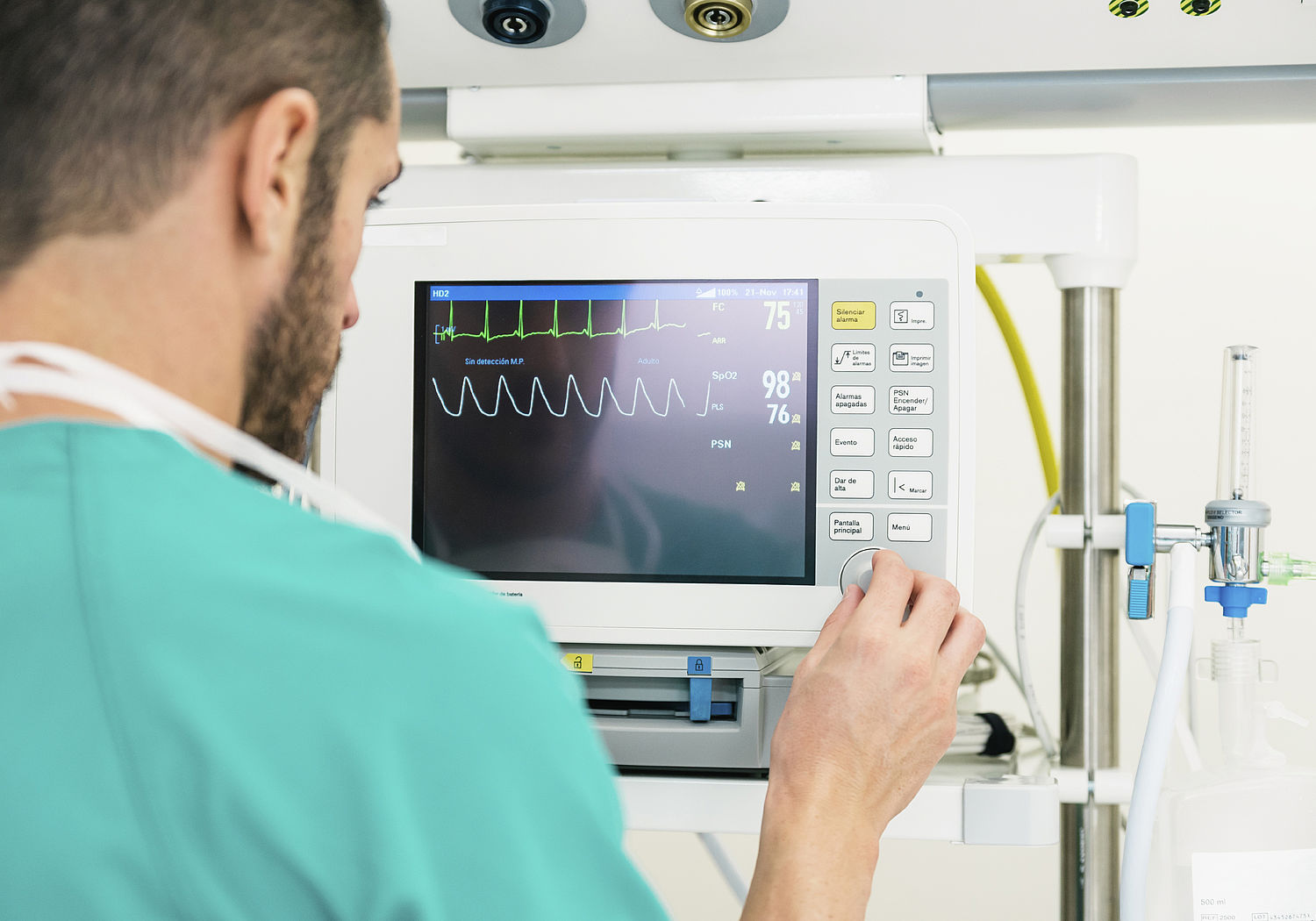Metrology for multi-modality imaging of impaired tissue perfusion
New standards and tools will validate emerging techniques to identify those at risk of cardiovascular disease

Cardiovascular disease (CVD) covers a range of disorders of the heart or blood vessels, including angina and heart attacks, and is the leading cause of death in Europe. Catheterization is the both the main diagnostic test for CVD, by measuring blood supply to the heart (perfusion), and a treatment. This invasive, expensive procedure is associated with health risks, such as infection at the insertion site or the generation of blood clots which may trigger strokes. However, over half of patients with chest pain might not require this procedure. Thus, there is a strong need for a non-invasive diagnostic test to assess patients at intermediate risk of CVD and direct them to the appropriate treatment.
Alternative non-invasive medical imaging techniques, or ‘modalities’, have been developed but as each modality is based on different principles, and images are analysed with different techniques, the results can vary significantly. Many use radiation which poses a health hazard and the dose must be carefully balanced to maximize the image quality versus patient exposure.
To improve the non-invasive diagnosis for CVD requires more comparability within and between different imaging modalities as well a more objective method of interpretating a patient’s perfusion map, independent from the ability of the clinician.
This project developed new methodologies, physical standards and data analysis tools to assess the reliability and to improve standardisation in a wide range of imaging modalities.
- To improve measurements from Positron Emitted Tomography (PET) scanners the project undertook a world first by standardising 15O to a positron emitting radionuclide to allow the calibration of equipment and harmonisation of its use worldwide.
- For the calibration of medical imagers, the first physical standard for assessment and validation of quantitative medical imaging was constructed. This standard, or ‘phantom’, designed to realistically mimic perfusion conditions, is applicable in a range of multi-modality techniques.
- A new type of mobile measurement equipment for determining CT scanner hardware properties was also developed along with software for the more accurate calculation of patient specific dose estimates.
- To improve CVD image analysis using Magnetic Resonance Imaging (MRI), new software was developed capable of quantifying and assigning ‘uncertainty’ to the perfusion value in each pixel of a perfusion map. This allows, for the first time, uncertainty estimations to be included in patient diagnosis for this technique.
- A new method was also implimented for PET scanners enabling automatic analysis of perfusion images, independent of the physician, that displays data as interpretable and actionable visual maps. This analysis method has been incorporated into proprietary clinical software in the EMPIR project TracPETperf.
The new standards, instruments and software tools represent a first step towards applying metrology practices to the diagnosis of CVD, allowing safer and more accurate treatments for patients.
- News: World first in standardisation used for the diagnosis of heart conditions
- News: EMPIR project on cardiac imaging publicised in book and paper
- News: EMPIR project develops standard to help with diagnosing cardiovascular disease
- News: Improving the accuracy and objectivity of tests for cardiovascular disease
- News: New software for the detection of cardiovascular disease
Nature Reviews Cardiology
Magnetic Resonance in Medicine
SIAM Journal on Imaging Sciences
European Journal of Hybrid Imaging
Physics in Medicine & Biology
Current Directions in Biomedical Engineering
Participating EURAMET NMIs and DIs
LNE (France)
NPL (United Kingdom)
PTB (Germany)
STUK (Finland)
VSL (Netherlands)
Other Participants
Helsingin ja Uudenmaan sairaanhoitopiirin kuntayhtymä (Finland)
Helsingin Yliopisto (Finland)
King's College London (United Kingdom)
Technische Universiteit Delft (Netherlands)
Varsinais-Suomen Sairaanhoitopiirin Kuntayhtyma (Finland)
ZMT Zurich MedTech AG (Switzerland)
Information
